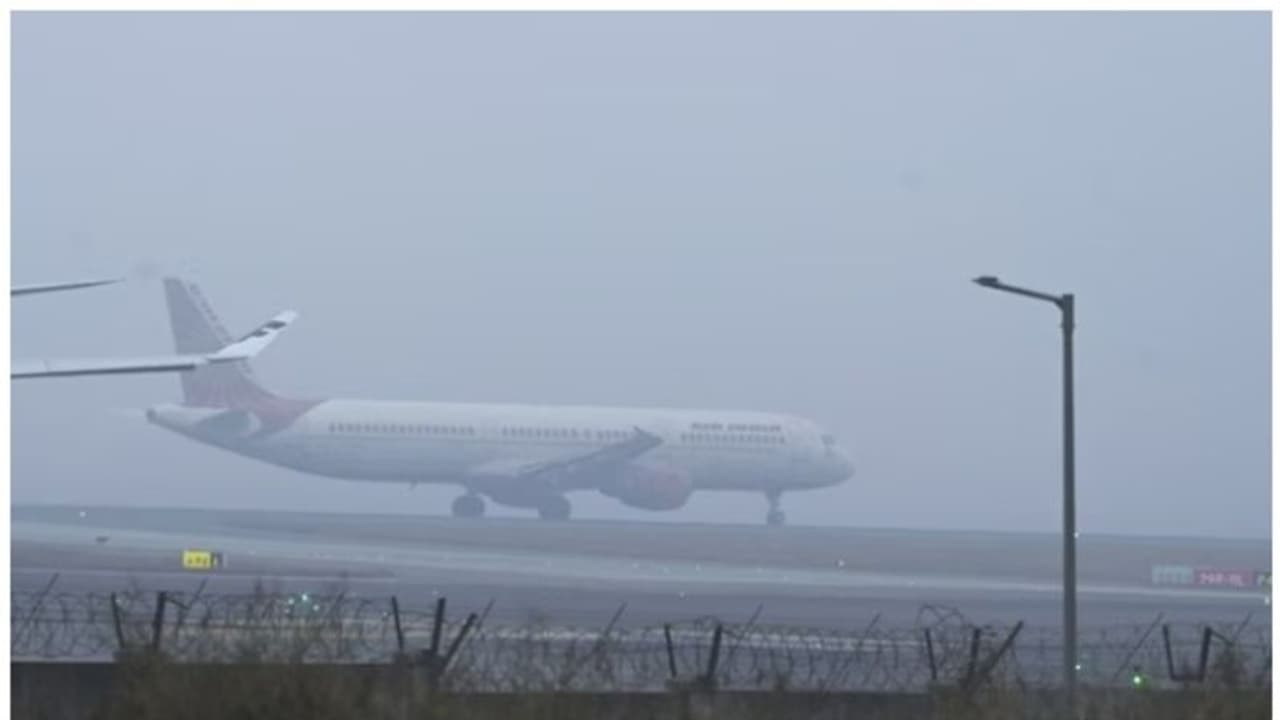According to the India Meteorological Department (IMD) bulletin, Delhi and its neighbouring states in North India will see no respite from cold day conditions and dense fog until January 28.
The India Meteorological Department (IMD) predicted that there wouldn't be any relief from the extreme cold and thick fog in Delhi and the surrounding North Indian states till January 28.

The weather department predicted that dense to very dense fog would prevail at night or morning for a few hours in Delhi, Chandigarh, Haryana, Punjab and Uttar Pradesh until January 28 morning. Up to January 26, there would also be dense fog in a few isolated areas of northern Rajasthan. These states and Union territories might also experience chilly to extremely cold days till January 28.
According to the IMD, January has seen the most cold days and cold wave days in the nation's capital in the previous 13 years, with five cold days and five cold wave days overall.
The official meteorological observatory in Delhi, Safdarjung, reported a minimum temperature of 7.2 degrees Celsius at 5:30 am, which is 2.8 degrees below usual.
Additionally, the Delhi Airport sent out a fog advisory to X customers, requesting that they get in touch with the airline for "updated flight information" due to possible disruptions to operations.
This winter's heavy fog has severely hampered flight operations; the Delhi airport became a chaotic scene as travellers waited in line for hours on end due to delays. Earlier this month, heavy fog forced the visibility to drop to zero, forcing the Delhi airport's only operating CAT IIIB (designed to manage poor visibility) runway to close for a few hours.
Thick fog caused visibility to be only 50 metres in Safdarjung and 25 metres in Palam. There are still issues with a number of aircraft and rail operations. Images from the Indira Gandhi International Airport show automobiles driving on the road with very little visibility.
On Wednesday, Delhi and its neighbouring areas in the National Capital Region received light rainfall in the wee hours. The IMD reported 'trace' rainfall at the Safdarjung observatory. Delhi has not received any rainfall in January so far, an unusual occurrence as opposed to previous years, according to IMD's data.
The minimum temperature on Wednesday settled at 8.3 degrees Celsius at Safdarjung, one notch below normal, while the maximum temperature was recorded at 18.3 degrees Celsius, two notches below the season's average.
